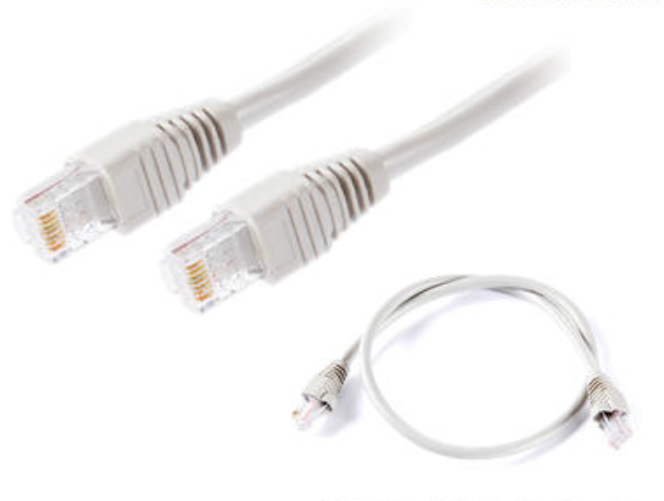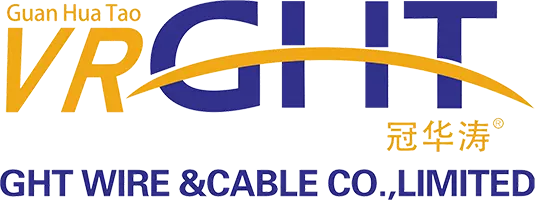
关于光纤跳线的一切
在我们这个互联的世界里,数据传输是现代通信的命脉。从我们浏览的网页到我们流式传输的视频,信息交换的速度非常快。这种非凡的连接背后是不起眼的光纤跳线。
在本文中,我们深入研究光纤跳线的世界,探索它们的用途、类型、优点和尺寸,阐明它们在实现无缝数据传输方面的关键作用。
在本文中,我们深入研究光纤跳线的世界,探索它们的用途、类型、优点和尺寸,阐明它们在实现无缝数据传输方面的关键作用。
什么是光纤跳线?
光纤跳线,也称为光纤跳线或光纤跳线,是一种柔性电缆组件,包含一个或多个封装在保护套内的光纤线。
它充当连接光收发器、交换机、路由器和其他网络设备的中介,从而实现通过光信号传输数据。光纤跳线有各种连接器类型,例如 LC、SC、ST 和 MPO,以适应不同的设备配置。
它充当连接光收发器、交换机、路由器和其他网络设备的中介,从而实现通过光信号传输数据。光纤跳线有各种连接器类型,例如 LC、SC、ST 和 MPO,以适应不同的设备配置。
光纤跳线有哪些类型
光纤跳线有多种类型,可满足特定的网络要求。最常见的类型包括:
●单模跳线
这些线采用单股玻璃纤维,非常适合长距离、高带宽传输。
多模跳线:这些跳线采用多股玻璃纤维,可实现局域网 (LAN) 中常见的短距离传输。
多模跳线:这些跳线采用多股玻璃纤维,可实现局域网 (LAN) 中常见的短距离传输。
●铠装跳线
这些绳索通过额外的金属层或凯夫拉强度构件进行加固,提高了耐用性,适用于恶劣环境或容易发生物理损坏的区域。
●对弯曲不敏感的跳线
这些电线旨在抵抗因弯曲过度而造成的信号损失,非常适合需要灵活性和狭小空间的安装。
●模式调节跳线
这些线用于千兆以太网安装,有助于最大限度地减少因使用单模收发器和多模光纤而造成的信号失真。
光纤跳线的优点
光纤跳线比传统铜缆具有许多优势,使其成为高速数据传输的首选。
卓越的速度和带宽
光纤可实现闪电般的数据传输,超越铜缆的功能。光纤跳线的速度可达每秒数十甚至数百千兆位,可提供无与伦比的带宽,实现无缝通信。
抗电磁干扰 (EMI)
与易受电磁干扰的铜缆不同,光纤跳线不受电磁干扰。这种弹性可确保即使在电气噪声环境中也能实现一致的数据传输。
更长的传输距离
与铜线相比,光纤信号可以传输更长的距离,且不会损失信号质量。这一特性在覆盖广阔区域的大型网络中尤其有价值。
安全可靠
光纤跳线提供了增强的安全性,因为几乎不可能在不干扰信号的情况下窃听它们。此外,光纤不受天气条件的影响,因此在所有环境中都具有高度可靠性。
面向未来且可扩展
随着数据需求的不断增长,光纤跳线提供了一种面向未来的解决方案,可以满足不断增长的网络需求。它们的可扩展性允许轻松升级和修改,而无需进行重大基础设施更改。
光纤跳线的尺寸有哪些?
光纤跳线有多种长度,可满足不同的连接需求。常见尺寸范围从 0.5 米(1.6 英尺)到 10 米(33 英尺),对于特定应用,可提供更长的定制长度。选择合适的尺寸取决于设备之间的距离、物理布局和所需的灵活性等因素。
结论
随着我们探索不断发展的数字环境,光纤跳线在实现快速、安全、可靠的数据传输方面的作用不容低估。这些多功能电缆具有多种优势,包括出色的速度、抗电磁干扰、更长的传输距离和可扩展性。
此外,多种尺寸确保了安装和连接选项的灵活性。光纤跳线开启了一个充满可能性的世界,彻底改变了连接方式,并推动我们进入由闪电般快速的数据传输驱动的未来。
此外,多种尺寸确保了安装和连接选项的灵活性。光纤跳线开启了一个充满可能性的世界,彻底改变了连接方式,并推动我们进入由闪电般快速的数据传输驱动的未来。







发表评论